Introduction
This page is a repository for the small game prototypes I've done over the years. They're all small and unfinished, but there's usually something to learn or explore.
The first ones were done in Game Maker: Studio. When I worked on the 4D cross-section project I switched to Unity for the 3D stuff. I stuck with it because it had a proper OO-language and that's what I use for most projects, now.
I will probably try something like Unreal or Godot soon enough to see how I find C++.
The list is sorted, roughly, from oldest to newest. That said, the better developed games and prototypes have a page of their own (check the Home page or the navigation bar at the top).
Gravity Shooter
This was the first game I actually did on my own (the only previous one started as a Game Maker Tutorial by Derek Yu), from March and April of 2015. I still like the idea, and it would probably work as a local multiplayer game of some kind (a wackier Soldat).
Unlike most other games of the kind I had seen, here every planet's gravity affected the planet (most others had only one planet "active", either the closest of the last touched).
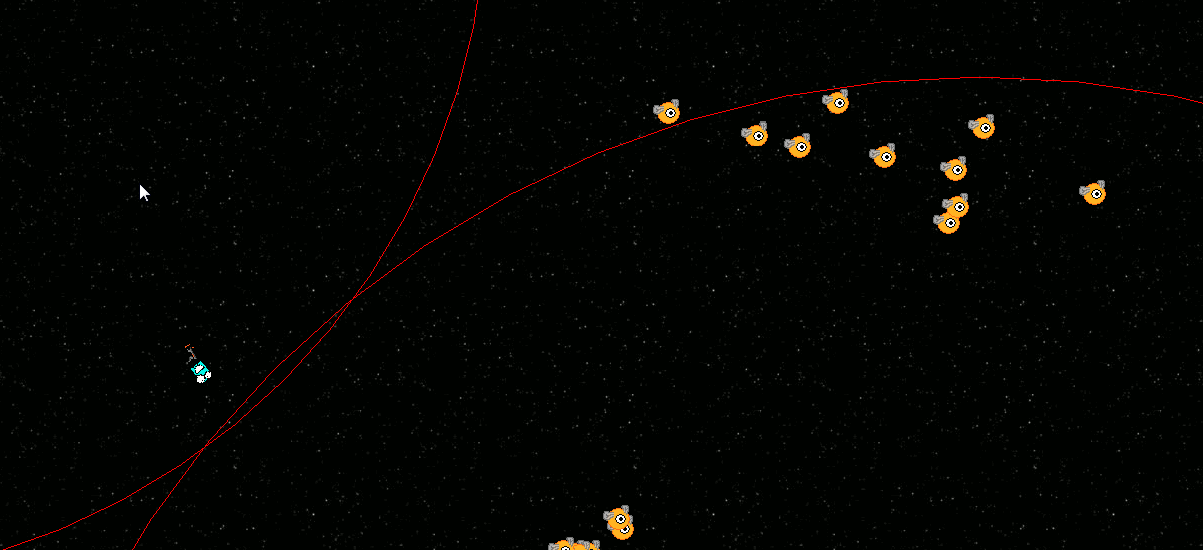
You can probably see from the weapons' style that I was very much under the influence of Vlambeer at the time! I still love the idea of the weapons' kickback being used for momentum.
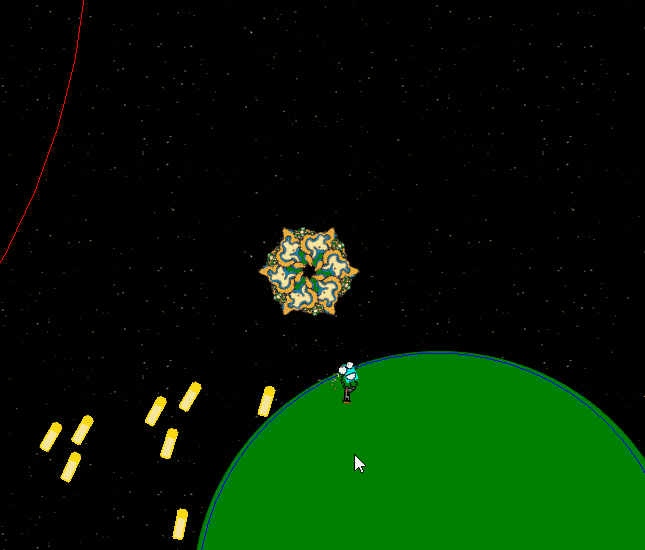
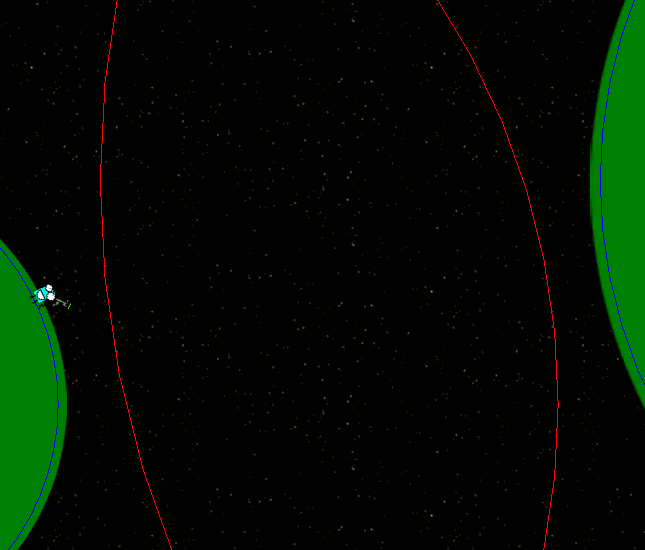


Dark Maze
This was a fun experiment for the atmosphere, from May 2015. I first used Kruskal's algorithm to generate a simple maze, and then applied top-down shadows to create a rather claustrophobic atmosphere. I still love the way it looks, despite the crudity and my inexperience at the time.
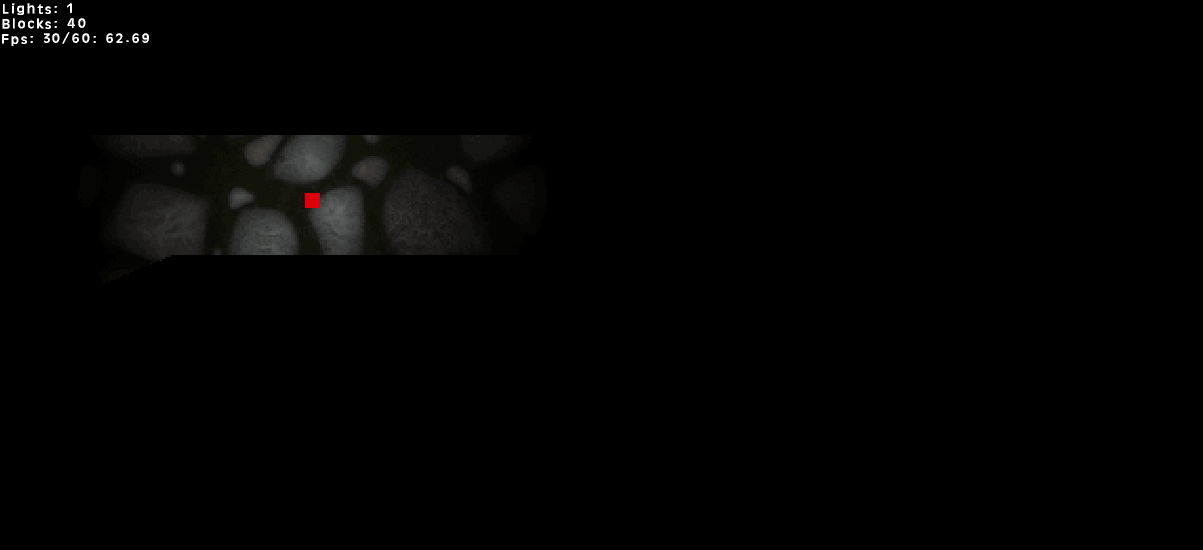
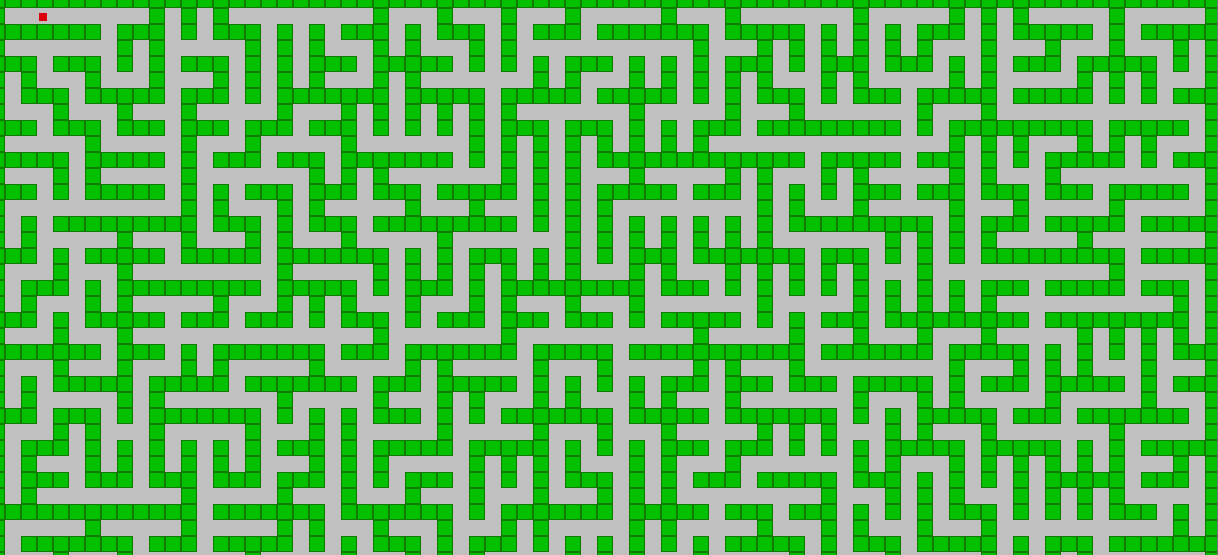
It was supposed to be a weird single-multiplayer game. Each player was alone and had a single life; after each death, another player would take up the other's place, with the world state unchanged. There would be a kind of asynchronous mind game going on, with traps and notes (not every player had the same goal). It sounded great, but actually making it into a functional game was a whole other task haha!
Rhythm Missile Command
This was my first attempt at a rhythm game, in February 2016. I think I was playing Bit Trip Runner (which is still one of my favourite games!). The idea wasn't very inspired, but hey - I basically tried to make a version of missile commander where the enemies moved in rhythm to a backing track, with various different patterns (some reinforcing the rhythm, some syncopated or polyrhythmic).
The gun only fired on the rhythm, and the player had to keep the beat up with the RMB when not shooting (to build a score). Your weapon also created a bigger explosion depending on the timing of the shot (and streak). The game's level design had much more structure than you can see in the gif - where I tried to get a higher density of enemy types for showcase purposes; it was not very refined either way, however.

My intention was to have "layers" to the music, depending on, say, the current state (more complex music when you were doing well) as well as the types of enemies on screen. Visually, everything would have been in sync, like 140. Unfortunately, the music never got anywhere (I was trying to entice a friend to work with me but he was having none of it!) and I soon abandoned it.
Shogi
This is Japan's version of chess, essentially. It was the only online game I worked on (from February 2017). It actually worked surprisingly well, a few bugs aside. I designed the pieces differently since I cannot read Kanji, and this way there was also a hint of the piece's movement pattern. For some reason, however, I screwed up the game logic (more than the network logic!) and used screen positions and collisions instead of the cleaner grid logic. It is still a good reminder, today, not to do such a thing!

I used a kotsuzumi to alert when the opponent played his hand. There was also a nice little extension to highlight the tray icon on Windows, done by a very kind Game Maker user on the forums. Unfortunately, I have lost his contact and can't point to him. I will update this if I ever find it!
Grappling Hook
This is probably the most satisfying platformer I've worked on, from August 2017. When you get the swings going, it feels extremely good! I used the energy functions (kinetic and potential) for the physics on the grappling hook, but normal mass and acceleration elsewhere. Works great when the rope becomes shortened (due to collisions), too.


Immune Defense Game
This one I worked on sometime in the first half of 2017. I was reading Aubrey de Grey's Ending Aging. I actually loved his explanations of biological system, they had a very "tactile" or "mechanical" feeling (that's how it felt to me, anyway), which actually translated quite well into a game system.
It was basically a mixture of rock-paper-scissors and Galcon; instead of capturing planets, you targetted abstract bases, which would produce their own units, in three types. The immune system analogy was that you could not see the enemy units, initially, so you had to produce weaker "scout" cells; also, each base would learn to produce cell types (rock, paper, scissors) faster, so abandoning a strategy wasn't ideal.

I had a really cool idea (so I thought) of using Metaballs to represent your "armies", as a kind of bodily goo. Each cell type's color would blend, so you could evaluate (somewhat) the army's type distribution. This was before I had learned how to use shaders at all and Xor was very kind to help me out setting it up!

Each "unit" had 3-5 metaballs with random orbits around an implied center, and the color followed its distribution. As it merged with a larger army, it became smaller, and changed its army's color to reflect the change in composition. I was really happy with how smooth everything was, at the time! I could probably make it a lot shinier, now that I actually understand shaders, but it was a cool project to work on. It also provided the impetus for me to actually learn shaders.
Akari
This was a fairly straightforward of Akari and Minesweeper during my master's thesis (late 2017 or early 2018), mostly as an aid while I was trying to build levels simulating circuits. Not much to it, but both games worked on all 3 regular division of the plane (triangle, square and hexagonal). Next step will be to do it in hyperbolic space!


Castlevania Platformer
I was playing through all of the 2D Castlevania games (post NES, which I had played years earlier) and got surprisingly into them, so I decided to do a small platformer with similar mechanics. This was in February 2020. The game was supposed to have a non-linear structure like Battle of Olympus or Zelda II on the NES, with some other bells and whistles. I was reading the greek epics at the time (Iliad, Odyssey and Argonautica), hence Battle of Olympus.
The focus, mechanically, was in building up a series of platforming abilities in a metroidvania-like way, allowing you to reach different places. Looking back at it, the controls feel a bit off.

Unfortunately, I was too inept and slow at animating the characters (even with just a couple or frames) and lost steam - may have been different if I was working with someone (so that the game itself wasn't completely still while I animated).


Dune Driver
This came about when I first read some of Moebius' comic books. I loved the colors and landscapes and it made me want to make some sort of desert riding prototype. This was also around the time when I was making the Nightsky project.
I soon discovered that the game Sable was in development, which is far better than what I had!
The dunes are fairly straightforward - just a sum of 3D normal distributions. I made them oblong and facing the same direction to simulate how the wind shapes dunes.
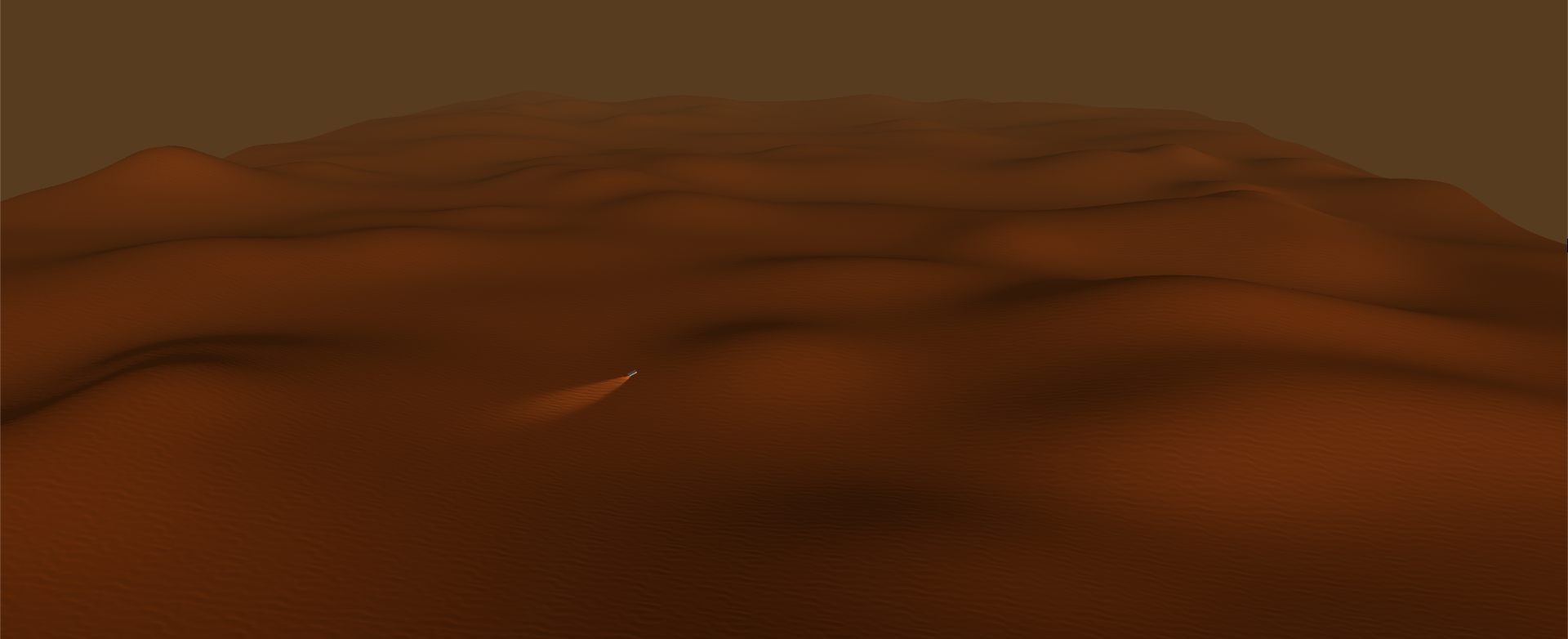

This was also the first time I tried to implement any kind of 3D movement. In particular, I focused on giving it a "natural motion" (rather than hugging the ground and always pointing to its normal). It feels pretty satisfying to control, especially at low speeds.
I also accidentally found out that Mario Kart's "drift" is mostly about adding an ortogonal component to the movement!
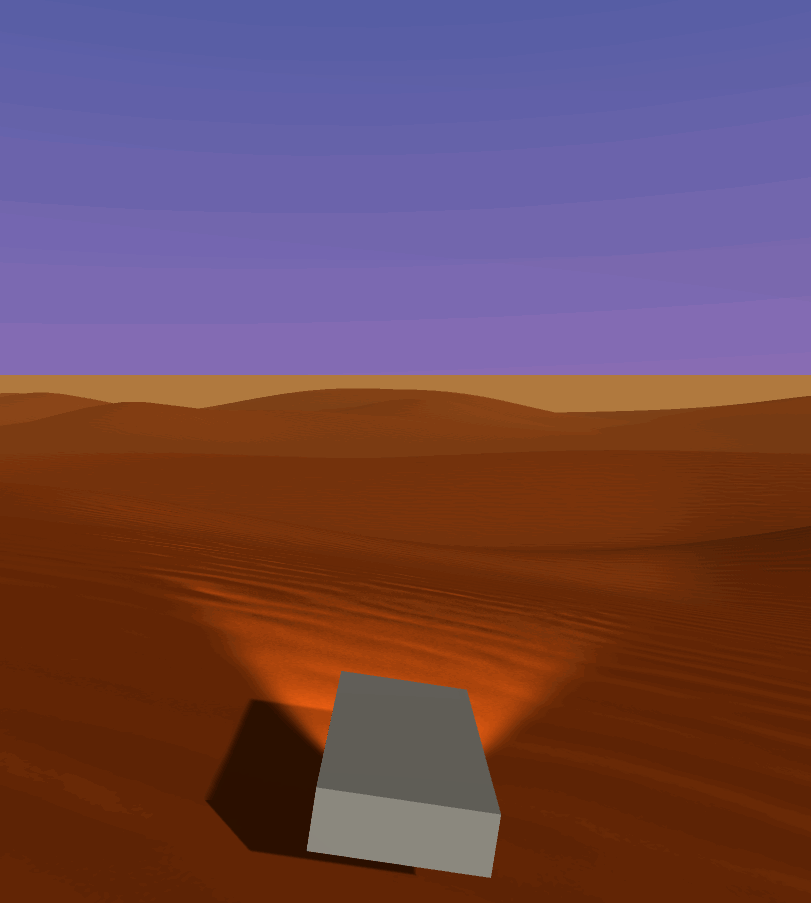
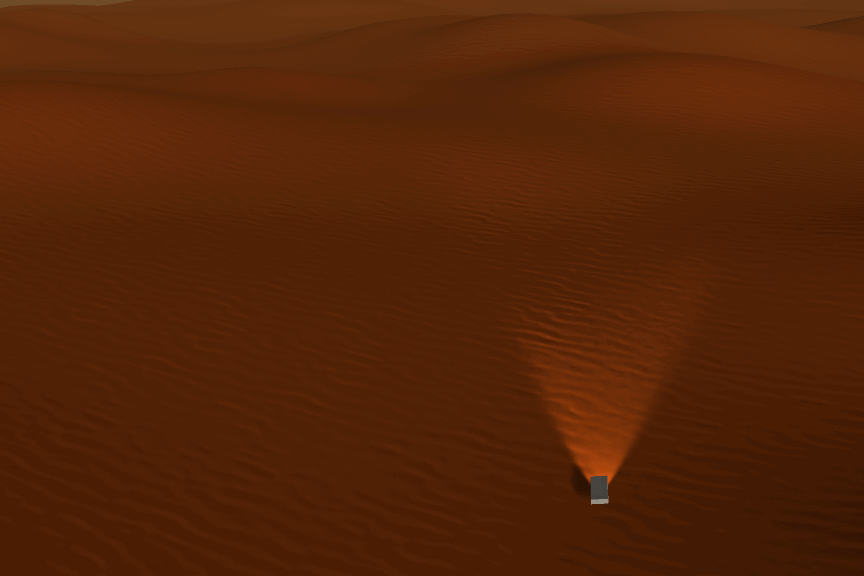
Diablo-like ARPG
Unfortunately don't have any cool gifs or screenshots from this one.
I never got too deep into it, but I had implemented the basic point n' click movement/targetting, and a few different kinds of skills (a jump + AoE, a simple "set it and forget it" AoE, a chargeable beam, and the like).
Maybe I should fish the project files one day just to have something to fill the empty space, here...
I still want to try to design a rogue-lite ARPG, one day. I really enjoy the core gameplay of Diablo, and love the possibilities of skill trees, but I find the structure really unpalatable. The grind, the compulsion, and the focus on min-maxing (which means following a guide instead of experimenting). I feel like the gameplay would go along well with the rogue-like randomization, especially the way it forces you experimentation by randomizing your access to different skills.
Rhythm Games
Jamelan
This one never left the conceptual stage, because I began working at Classplash soon after (in fact, this game was one of my reasons for applying, as I was getting deeper into music again).
Basic idea was to have a straightforward rhythm game, though with a controller mimicking a gamelan instrument (whether a midi/arduino controller, or a normal compute keyboard).
The music would come from traditional Balinese gamelan, and the visuals would enact the scenes from Wayang (shadow puppet theater).
It still an idea I'd love to explore, combining my love for music and cultures from around the world. Unfortunately, I don't know anyone in Bali or Indonesia. Maybe one day.
If you're a musician with experience in Gamelan, or an artist interested in Wayang-like illustration and animation, feel free to drop me an e-mail! I'd collaborate on a project like this.
Trombone Master (2022)
I loved the idea and aesthetics of Trombone Champ. Coming from Classplash, a company that develops rhythm games with real instruments, I immediately wanted to create a prototype for a game with a slide-whistle.
... I mean, come on, how fun would that be?
But I am not in a misanthropic mood and decided not to unleash the pain in all the parents, neighbours and pets of the world.
Hildegard (2022)
After playing Pentiment, I discovered Hildegard von Bingen. She was many things, among them a mystic and a very early composer.
She has a beautiful illuminated book, Scivias. Her music is all monophonic, too, which would go along great with a recorder.
Putting the visual style of illuminated manuscripts with the early church's monophonic music would, I think, make for a really good, if niche, musical game. It is also very straightforward to make, programming-wise, given my experience with The Magic Flute. Perhaps I will have a more concrete idea after I read her works.
If you're an artist with an interest/experience in animation and illustration of illuminated manuscripts, feel free to drop me an e-mail! I'd collaborate in making this a reality.